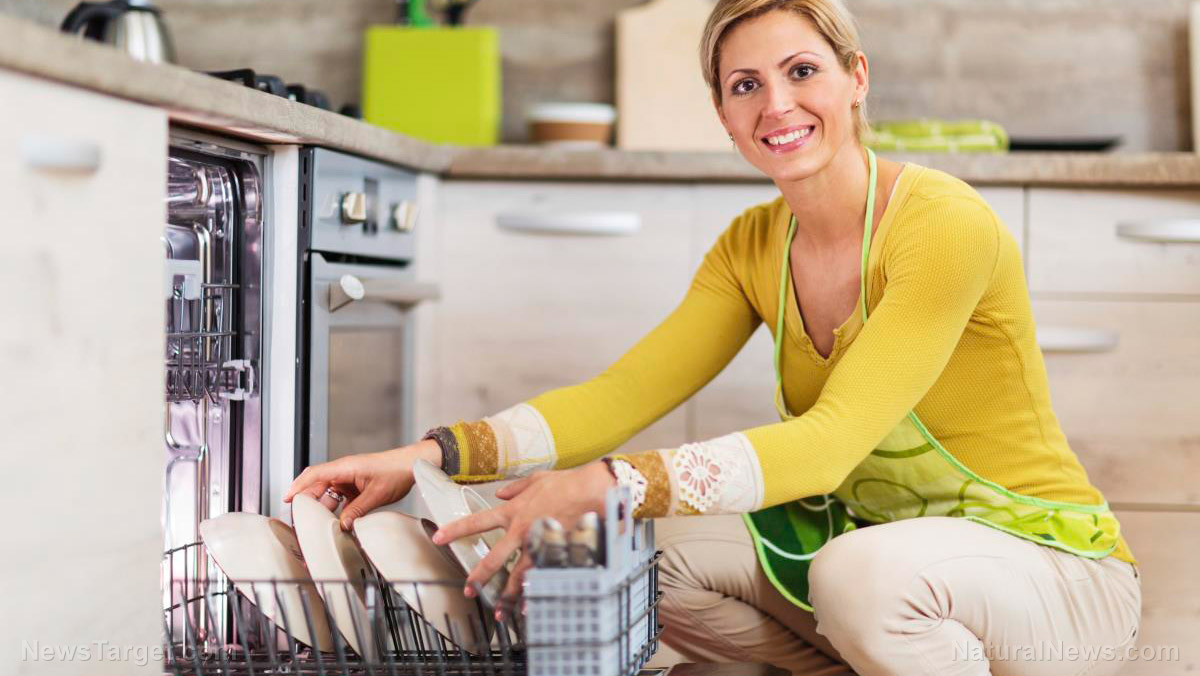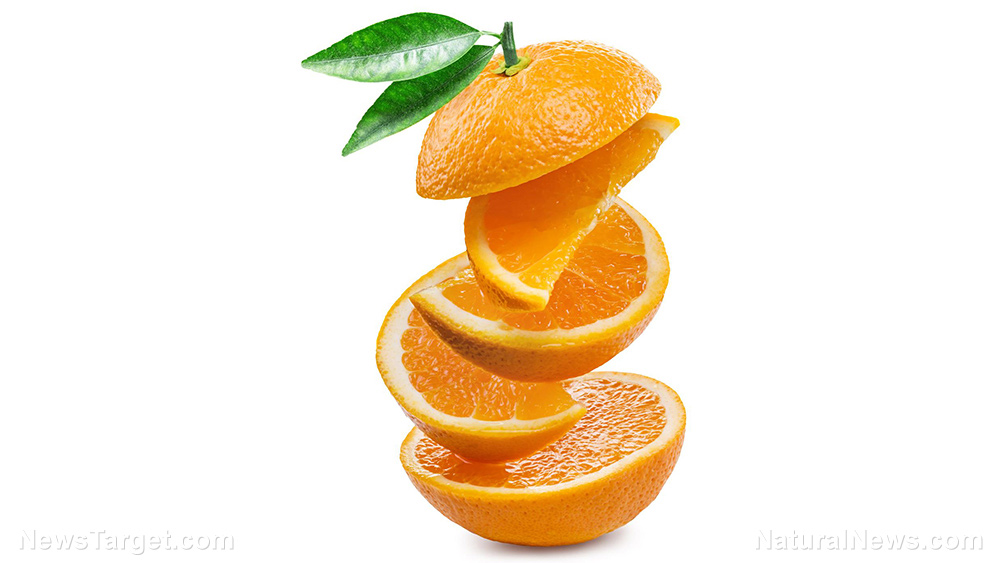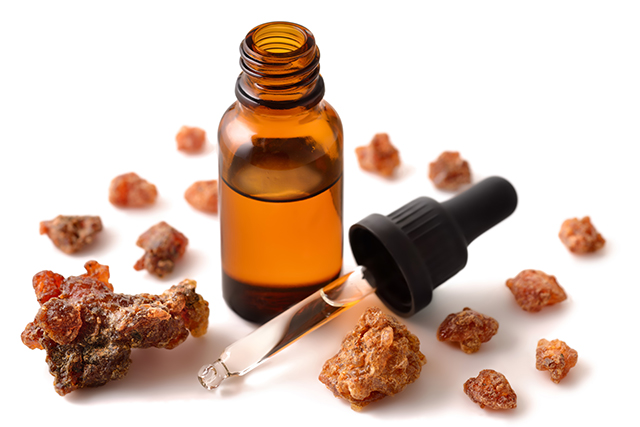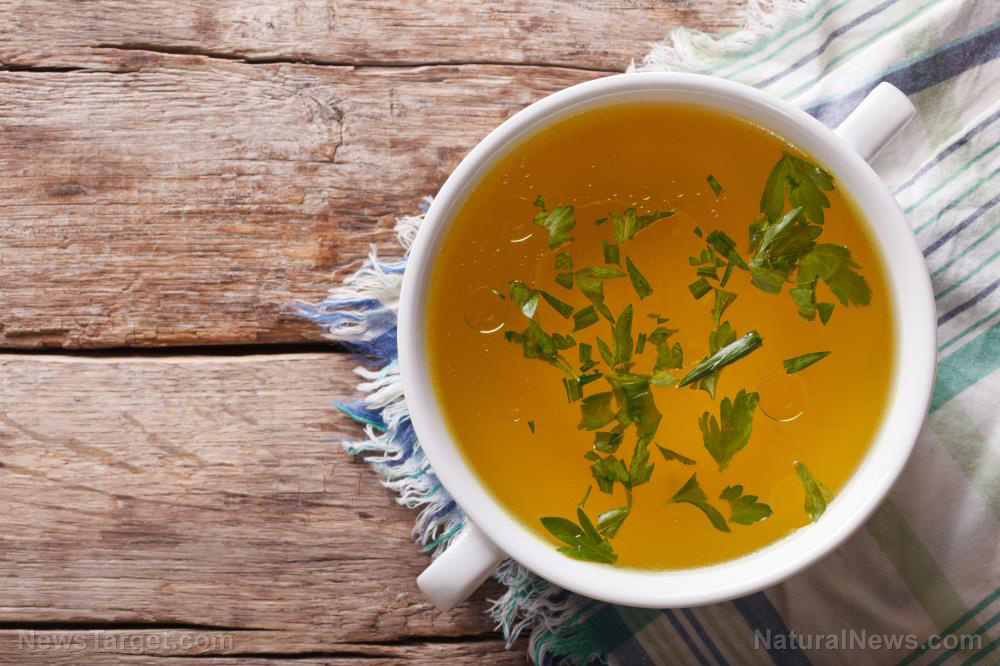
DIY dishwasher rinse aid recipes
Making your own rinse aid gives you control over what ingredients to use. It reduces toxins in your home and the environment and is an excellent way to become more self-sufficient. Plus, it can save you some money over time. Try the following non-toxic rinse aid recipes: (h/t to WholeNewMom.com.)White vinegar rinse aid
White vinegar is a popular cleaning and rinse agent that's great at eliminating germs and breaking down crusted residues. As a common kitchen item, it is widely available, extremely cheap and safe for use. You can also make your own vinegar at home. For this rinse aid recipe, you need only the following ingredient:- 1/4 to 1/2 cup of white vinegar
- Place a small cup on your dishwasher's top rack.
- Pour vinegar into the cup.
- Run your dishwasher as usual.
Hydrogen peroxide rinse aid
Hydrogen peroxide is a mild antiseptic commonly used as a disinfectant. According to the Centers for Disease Control and Prevention, this antiseptic can eliminate a wide range of microorganisms, including bacteria, viruses, yeasts, spores and fungi. The following ingredients are needed for this rinse aid recipe:- Hydrogen peroxide
- Natural food coloring, such as turmeric-based food dye (optional)
- Fill your rinse aid compartment with hydrogen peroxide.
- Add a few drops of food coloring to see how much hydrogen peroxide is left.
- Run your dishwasher as usual.
Citric acid rinse aid
Citric acid is the naturally occurring acid that gives citrus fruits, such as lemons and limes, their tart, sour taste. It is commonly used as a flavoring and preservative but is also used as a disinfectant. You'll need the following ingredients for this rinse aid recipe:- 2 cups citric acid from citrus fruits
- 5 to 10 drops essential oil
- Mix all ingredients and store them in a jar.
- Add a tablespoon of the mixture to the rinse aid compartment.
- Run the dishwasher as usual.
5 Creative ways to use citrus peels
By Mary Villareal // Share
Survival first aid: Food poisoning causes, symptoms and prevention
By Virgilio Marin // Share
Prepper medicine: 9 Essential oils for poison ivy
By Zoey Sky // Share
Top 8 houses to consider for your off-grid hideout
By Divina Ramirez // Share
Surviving economic collapse: How to prepare for hyperinflation
By Virgilio Marin // Share
5 Big benefits of bone broth (plus recipes)
By Joanne Washburn // Share
An invisible assault: How everyday heavy metals sabotage brain health
By willowt // Share
Pentagon warns of China's rapidly expanding nuclear arsenal
By kevinhughes // Share
FCC grounds new Chinese drones in sweeping security move
By avagrace // Share
The methylation switch: Scientists identify diet that can turn back the cellular clock
By jacobthomas // Share
Renaissance or Ruin: A wake-up call for cultural revival and self-sufficiency
By kevinhughes // Share
Weight loss in midlife may trigger brain inflammation, study finds
By avagrace // Share











